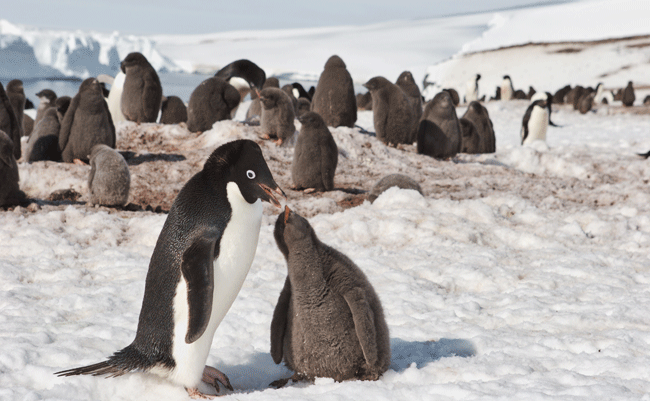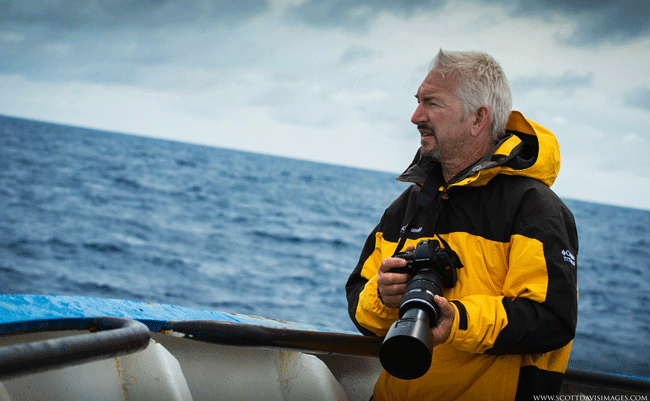Tuesday 20 August 2019 9:47pm

Adelie penguin and chick, Cape Crozier, Antarctica. Photo: Lloyd Spencer Davis.
Bringing together penguin biologists who were working in isolation around the world was the driver behind the first International Penguin Conference held in Dunedin in 1988.
“At the time there were about 100 penguin biologists worldwide and about 80 per cent of them attended, and that sparked something,” says Professor Lloyd Spencer Davis of Otago’s Centre for Science Communication who organised the first conference with John Darby.
“Most of us didn’t know each other, and the conference sparked a lot of subsequent research collaboration and interaction.”
Now 31 years later the 10th International Conference (IPC10) is returning to Dunedin for the first time since 1988, and is taking place at the University from 24 to 28 August.
Over 260 researchers and conservation practitioners will attend workshops, including 70 talks by specialists and students working on penguin biology, ecology, health and behaviour.

Otago Professor Lloyd Spencer Davis on a ship in Antarctica. Photo: Scott Davis.
“The IPC still draws about 80 per cent of all active penguin researchers so the huge increase in participants reflects the popularity and importance of penguins as a marine indicator species,” Professor Davis says.
“People love penguins, but most people are unaware of their decline globally, which is why this IPC10 is so important.
“It comes at a critical time of environmental and climate change and penguins really are our canaries in the ‘mineshaft’ that is the oceans. By monitoring penguins, we don’t just learn about them but also about the state of the planet.”
Aotearoa is a hotspot for penguin biodiversity with the highest number of species globally, and Dunedin / Ōtepoti is also home to one of the world’s most endangered penguins, the yellow-eyed penguin or hoiho.
"It’s really heartening this group is still going, and it reflects the popularity of penguins for research and their significance for helping us understand marine health and climate change."
Following a series of poor hoiho breeding seasons, the Conservation Minister recently released a draft strategy and action plan to assist recovery of the nationally endangered penguin.
Sue Murray, General Manager of the Yellow-eyed Penguin Trust, says New Zealand’s iconic hoiho is in crisis, but there is also wide recognition that penguin species globally are under threat.
“Aoteoroa is home to a further five species, but delegates attending the IPC between them have worked on all seven continents with the 18 species of penguins found globally,” Mrs Murray says.
Since the 1980s Otago scientists have undertaken research across a number of penguin species on New Zealand’s mainland, the Subantarctic Islands and in the Ross Sea sector of Antarctica.
“This research has included not only observing their behaviour and ecology on land, but with the use of innovative technologies such as satellite transmitters, dive loggers, and now ‘penguin cams’, we are now also studying their behaviour at sea,” Professor Davis says.
The five-day IPC will explore current issues and discuss collaborative research to further understand penguin biology, and develop conservation strategies for those species under threat.
Professor Davis says the IPC10 comes at an important time to share this global knowledge and tackle challenges that lie ahead for penguins and the health of the oceans.
“It’s really heartening this group is still going, and it reflects the popularity of penguins for research and their significance for helping us understand marine health and climate change.”
